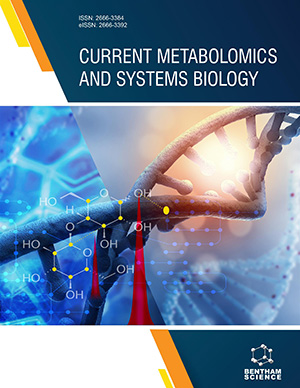Abstract
Rapidly growing industrialization leads to an increase in global temperature
as a result of the emission of greenhouse gases, such as carbon dioxide (CO2), in the
environment. CO2 is an abundant, nontoxic, and renewable C1 feedstock source of
carbon for synthesizing fine chemicals. CO2 can be transformed into many gaseous or
liquid fuels and fine chemicals, such as carbon monoxide, methane, formic acid,
formaldehyde, methanol, cyclic carbonates, and other hydrocarbon fuels. The inherent
thermodynamics stability and kinetic inertness of CO2 pose a limit for the synthesis of
fine chemicals. Various materials have been explored by many researchers around the
globe to generate efficient chemicals and products from CO2. Graphene and its
composite materials have a large surface area, and their surface is rich in various
reactive oxygen functional groups (-C-OH, -C=O, -COOH, etc.), which can be highly
active sites for various organic catalytic reactions, including oxidation, reduction, ringopening,
and coupling reactions. In this chapter, the structure, strategies, and
mechanism of utilizing CO2 into value-added chemicals using graphene and its
composite materials will be presented.
Keywords: Catalytic reaction, Carbon dioxide reduction, Carbon monoxide, Cyclic carbonates, Formic acid, Formaldehyde, Graphene, Graphite, Hydrocarbon fuels, Methane, Methanol, Value-added chemicals.






















